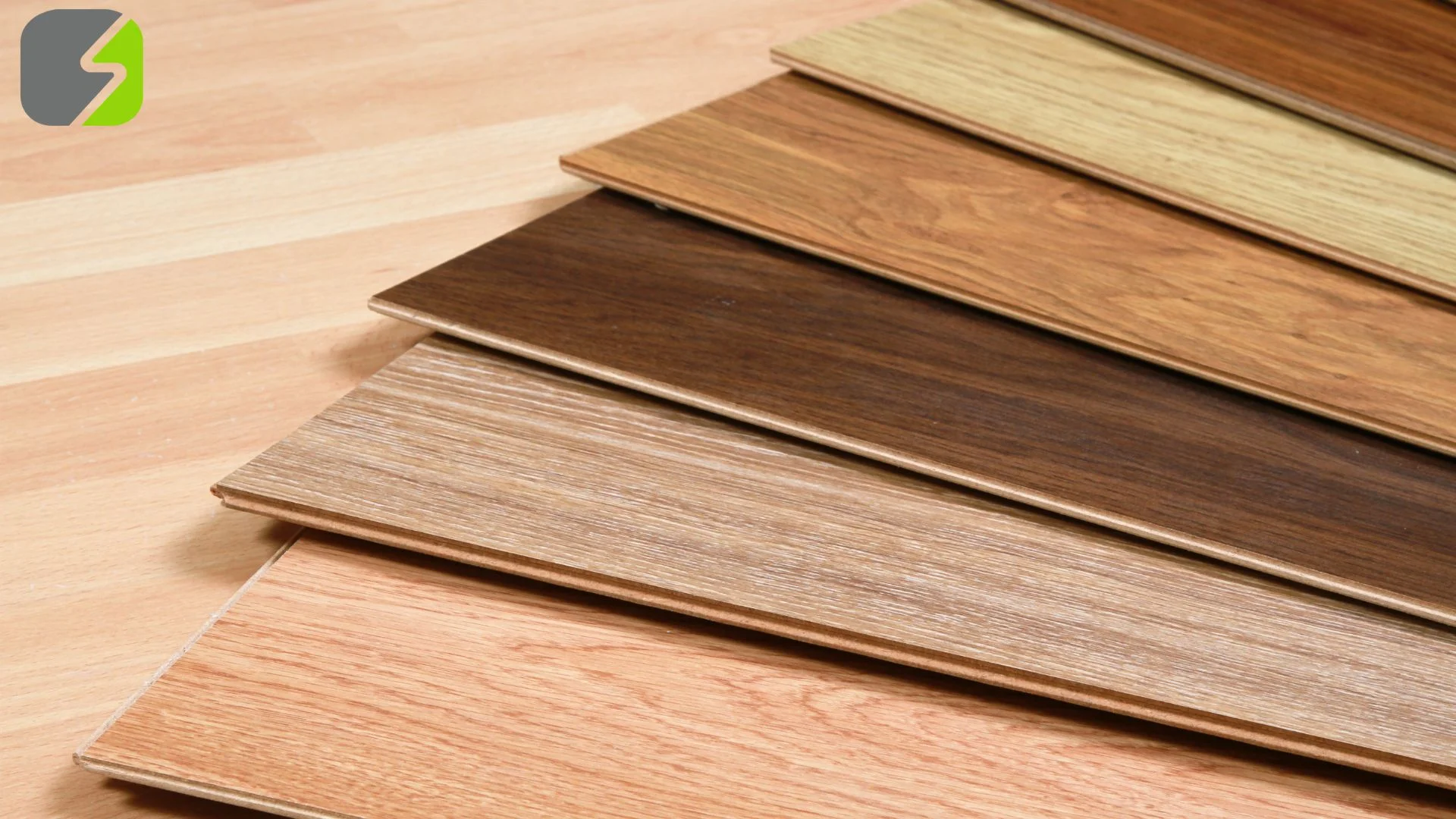Most homeowners aren’t aware that choosing the right flooring for their renovation project can make a big difference to the finished results. For example, new hardwood floors can add up to 2.5% to the total value of your home. That’s a major impact from just one choice. For many home buyers shopping today, especially those looking at higher-end or custom homes, hardwood flooring is a must. They simply expect to find quality hardwood flooring in homes that go up for sale. If you’re considering a renovation project in the Toronto area, engineered wood flooring could give you years of reliable service and beauty while making your home appealing to buyers in case you decide to sell. Let’s explore this increasingly popular choice for home renovations and why it’s so in demand.
Flooring as an Investment
Flooring covers a large surface area, making a big impact in every home. It’s one of those elements that can truly make a statement without overwhelming the rest of the room. No matter what material you choose, it’s a significant investment. In Sosna Designer Kristiina Roosimaa’s opinion, it should always have that “wow” factor that draws the eye as soon as your guests enter the room. A well-chosen floor not only enhances the aesthetic appeal of the space but also has the potential to positively improve the overall value of your home. Getting it right matters. That’s why we wanted to share some tips from our design team on what to look for when selecting new hardwood floors for any renovation.
Why Width and Length Matter
Wider floorboards have been trending in recent years because they offer a more elegant and streamlined appearance. We’ve all seen them featured in interior design magazines as the more luxurious option. However, the length of the floorboards is just as important to the overall design. Choosing boards that are on the short side can lead to a “patchwork” appearance that is too busy for the space.
If you want a refined design with a smooth flow throughout the space, our design team recommends choosing boards ranging between 24” and 120” in length. This maintains a natural and seamless look throughout the space. It’s fine to mix up the lengths within the same area for variation and a sense of movement, but you don’t want to choose any boards under 24” in length if you can help it. Longer lengths not only provide an elegant look when finished but also make the installation process go a little quicker.
Choosing the Right Type of Hardwood for Your Home
The single biggest decision in the process of choosing hardwood flooring is settling on the right species of wood. There are many options ranging from exotic tropical species to more common European and North American varieties. For a great balance of stylishness and cost effectiveness, our designer Kristiina Roosimaa recommends European White Oak. It’s an incredibly strong and durable material that works well for busy homes with pets and kids. Yet it is also an elegant looking choice when finished naturally and takes custom staining in an even and beautiful way. You have plenty of flexibility in getting exactly the finish you want. Another highly durable option for high-traffic areas is Hickory. It’s affordable since it’s widely grown and milled in North America, yet the warm wood is also resilient and can handle greater wear and tear than many other types of hardwood.
Core Quality: Plywood vs. Solid
When you’re choosing engineered wood flooring products, you need to check the quality of the core material before having it installed in your home. It’s the core that adds durability and stiffness to the flooring so it can last decades with minimal squeaking or movement over time. A high-quality plywood core is an indicator of a premium engineered wood product. Multi-layer hardwood ply cores support the stability of the floor, ensuring that weight and moisture won’t cause any sort of twisting, cupping, or warping over time. Check for this feature when shopping around to ensure you get the engineered wood experience you want from your new flooring. If you’re not sure what to look for in a hardwood flooring product, we’re happy to help guide you to the right one if you choose Sosna for your renovation.
Understanding Wood Grades for Flooring
Every company producing hardwood flooring, especially engineered flooring, has the ability to follow its own standards for grading the quality of its products. However, there are a few common grades used across the industry so you can compare products from different manufacturers. Choosing the right grade of wood is a vital consideration because it dramatically affects both the look and feel of the finishing flooring. Everything from your desire to use a certain stain to your interest in keeping the surface smooth and sealed over time depends on the grade of wood you choose. Here’s a quick breakdown of some of the main terms you’ll see used to describe the grade of hardwood flooring:
Prime Grade (AB):
The cleanest boards with minimal knots and a uniform appearance will receive the highest grade rating. You’ll also get almost 100% boards of the desired length and size. You may see this grade referred to as Grade 1 as well. It’s basically the Filet Mignon of flooring.
Select Grade (ABC):
If you’re looking for lively variation and a little rustic-ness in the finished product, go with the ABC or Select grade for flooring. You’ll see minor color shifts between the various boards and some knots that should remain easy to level and smooth out. Issues like holes or short boards should be relatively rare in this grade. Over 90% of the boards should be full length, especially if the wood is referred to as Grade 2. This is like the ribeye steak that still offers plenty of flavor and a tender texture.
Natural Grade (ABCD):
We recommend sticking to the first two grades of flooring, but if you’re absolutely set on a rugged and character-filled floor, the Natural grade can work for you. Flooring at this grade will feature a lot of variation, including cracks, holes, and other areas that must be trimmed off or filled during installation. Also known as Grade 3, this type of flooring will have up to 30% short boards and is more likely to have the “patchwork” appearance that we’ve mentioned before.
Rustic Grade (CD):
You can save money by choosing Rustic grade or CD flooring, but it’s not appropriate for most modern homes. It’s simply too full of color shifts, large knots, and other variations that can distract from the floor rather than add to its beauty. This Grade 4 kind of wood is also harder to smooth, seal, and stain than other grades. Consider this like the cheap but tough cut of flank steak that takes a lot of extra work to prepare.
Utility or Tavern Grade (U or T):
Avoid this grade of hardwood flooring entirely for home renovations. Over 50% of the boards are likely to be short, damaged, or completely unusable. What is intact is likely to feature off coloration, visible scuffs or cutting marks, and other issues that are fine for a bar floor but inappropriate for your home. For a very rustic cabin look that lasts for years, you’ll get better results from choosing Natural or Rustic grade flooring.
Conclusion
Selecting the perfect hardwood floor for your home requires more than just going by appearance alone. It’s also about choosing materials that fit your lifestyle, lower your cleaning workload, reflect your personal aesthetic, and add value to your home along the way. By keeping track of key factors like board size, wood species, and core quality, you can make an informed decision about every option presented to you. You can trust that you’re choosing a flooring product that will enhance both the beauty and longevity of your space. The right flooring means a happier life. If you’re still not sure which engineered hardwood product is right for your project, let our design team here at Sosna make informed recommendations.
Contact us to get started!
Author: Kristiina Roosimaa
115 Views



